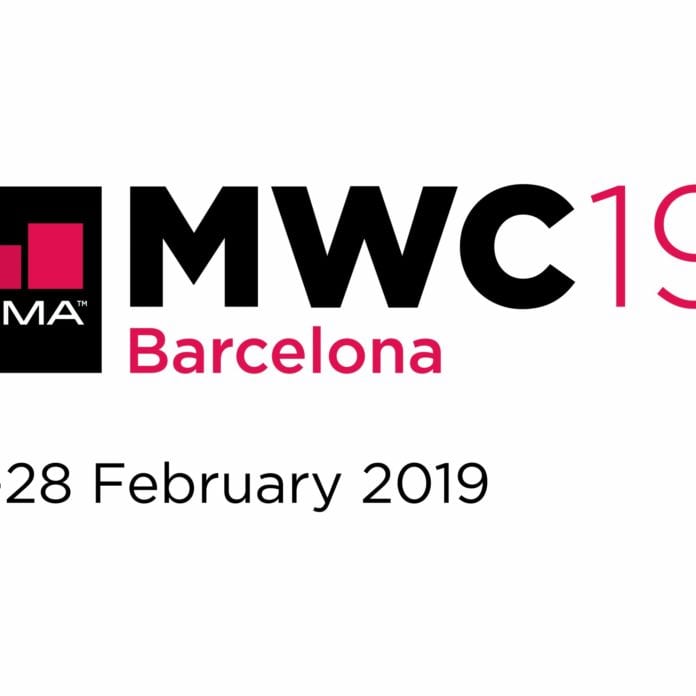We are only days away from the biggest telecom show, Mobile World Congress (MWC) 2019. The industry announcements are slowly trickling in and will soon turn into a flood! I am trying to do what I always do at this time of the year—pause, and take stock of where we were at the same time last year, and what has happened since. As an industry participant and a keen observer, my chest is brimming with pride on what has been achieved so far.
Journey so far
What difference a year makes! Last year’s breakneck pace of developments has resulted in many pathbreaking milestones. The standardization was advanced by almost a year, first 5G networks were launched, more than 20 operators are working on deployments, and more than 30 devices are ready to be launched. Most importantly, it was proven beyond doubt that millimeter wave (mmW) bands, which are so critical for the success of 5G, can be supported in smartphones. The launch and progress of 5G seem to be far more intense and expansive, which is a stark contrast to how 4G started slow and picked up the pace later. This recent 5G report by IHS Markit nicely illustrates it.
Smartphones galore
We will witness a barrage of 5G smartphones at MWC, starting off with Samsung, who I expect will unveil their first 5G premium smartphone at the unpacking event on Feb 20, 2019. They have thrown enough bread crumbs about a foldable phone and Galaxy S10 branding. I am curious to see whether these exciting features will be supported on the same phone, or there will be multiple models. Another question is whether all the models will use Qualcomm’s Snapdragon 855 with X50 5G modem or will divide them between Qualcomm and their own solutions (Exynos processors and Shanon modems).
Further, knowing that most of the design-wins for Snapdragon X50 are smartphones, surely many OEMs will follow Samsung in quick succession, either at the show or during the rest of 2019. This should finally put to rest all the skepticism about power consumption, device thickness, etc. LG, Xiaomi, Motorola, Vivo, and Oppo have already teased their 5G phones. MWC will be their opportunity to showcase them in real flesh and blood. Huawei has also indicated that they will have a 5G and possibly a foldable phone. I fully expect at least some of them to have live demos working with real infrastructure. Again, I am curious to know whether those devices will be inside locked cabinets, only for viewing, or in the open for hands-on experience. It goes without saying that Qualcomm will be the focal point of many of the 5G announcements and developments at the MWC. Its innovations are the force behind virtually all of the device action.
One player will, however, be sorely missed in all of this industry exuberance! Of course, I am talking about Apple, which will not have their 5G iPhone till later part of 2020 for the reasons I outlined here. The difference between iPhone and its peers will be very apparent come the 2019 holiday season. Subsequently, in the 2020 holiday season, first-gen 5G iPhones will compete with probably third-gen Android smartphones.
Another important question we might get clarity on is 5G pricing. We will know how the top-tier OEMs such as Samsung are approaching it. Also, how the rise of players such as Xiaomi, Oppo, and Vivo who are starting early with 5G, is affecting Samsung’s pricing strategy. Any information we can get around the operator pricing strategy would be a bonus.
Graduating to adulthood
MWC 2019 will be a starting point for 5G to graduate from a fearless juvenile to a well-rounded adult. By that, I mean going beyond smartphones as well as beyond the initial deployments in the US, which were the center of attraction so far. There are clear signs of this in the pre-event announcements. For example, Qualcomm upped their ante again with the announcement of second-generation integrated Snapdragon X55 modem supporting 5G, 4G and previous generations in a single chip. It can be used even without the Snapdragon SoC, which makes it ideal for non-smartphone devices such as 5G fixed CPEs, laptops and others. Its support for FDD in sub-6GHz bands, as well as new mmW bands, makes it suitable for European and US operators looking to utilize those bands. Most importantly, X55 supports Stand Alone (SA) mode which is a basic requirement for China. Another sign of adulthood is the introduction of RF enhancements such as envelope tracker and antenna tuner, the same bells and whistles that improve 4G’s battery-life, coverage, and overall performance.
If all the pre-briefings that I have already listened to and scheduled for are any indication, there will be many other announcements and activities that will prove this point about graduating to adulthood.
Looking beyond MWC
Evidently, many operators will be launching 5G throughout 2019 and 2020. The industry focus will be on expanding and fortifying coverage of existing networks and supporting new global deployments. Naturally, you will see a lot of action in terms of commercializing massive MIMO and other such techniques for sub-6GHz bands. Operators will probably double down on utilizing small cells for both indoors and outdoors, using both mmWave and Sub-6GHz bands.
The industry as a whole will start looking beyond smartphones and into IoT and other use cases. Fixed broadband has been established as a proven use case. There is interest in the agriculture and manufacturing industries, where LTE IoT has already seen traction. Automotive with C-V2X will be another exciting opportunity to watch for.
On a personal note, I will not make the annual pilgrimage to Barcelona this year. While I miss being in the moment and meeting all those friends, I will certainly not miss overcrowded halls, extended waits in restaurants, and long taxi lines! I will follow the happenings online and cheer from the warmth of my home and cozy chair.

